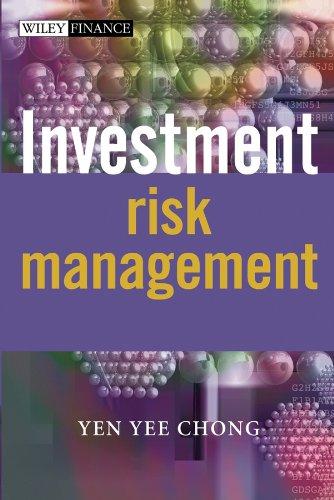





Sanders Corporation is a multidivisional producer of (1) abrasive products, especially high-quality electric sanders and sandpaper for home use, (2) industrial grinders and sharpeners, and (3) coated ceramics used in aerospace and other industries that require surface bonding agents with high strength and resistance to high temperatures. The company also has a division that is active in real estate development. This division was started several years ago, when a large tract of land just west of Tucson, Arizona, which Sanders had acquired for its mineral potential many years ago, became valuable for residential real estate development. Because of the nature of the various product lines, the company was divided into four separate divisions in 2000: the Home Products Division, the Equipment Manufacturing Division, the Ceramic Coatings Division, and the Residential Real Estate Division. This arrangement has worked reasonably well, but frictions have developed among the divisions, and Sanders's stock has not performed as well as that of others in the industry A special committee was appointed by the board of directors to evaluate this situation. The committee has asked all senior executives, including Gordon Gotlieb, the firm's financial vice president, to identify problems and then to recommend ways to eliminate them. Gotlieb found numerous small ways in which financial operations could be changed for the better, but only one area presented a major problem-the financial planning process and, specifically, the way risk is taken into consideration in this process Currently, Sanders does not formally incorporate differential risk into project evaluations. The capital budgeting process works like this (1) (2) A corporate hurdle rate is developed by the corporate treasurer Projected cash inflows and outflows are estimated for each potential project by each division, and these project data are entered into the computerized capital budgeting system, which then calculates each project's NPV, IRR, MIRR, and payback. (3) If a project's NPV is positive and large, if its IRR and MIRR are at least 3 percentage points above the corporate h accepted. On the other hand, if the NPV is negative, if the IRR and MIRR are well below the corporate hurdle rate, and if the payback period is long (eight years or more), the project will almost always be rejected. Projects with NPVs close to zero, IRRs and MIRRs close to the corporate hurdle rate, and paybacks in the five-to-seven-year range are considered marginal. These projects are accepted or rejected depending on management's confidence in the cash flow forecasts, on the project's long-run strategic effects on the firm, and on the availability of capital. urdle rate, and if its payback is four years or less, then the project will usually be (4) Although everyone agrees that an average project in the Ceramic Coatings Division is substantially riskier than an average project in the Home Products Division, no explicit allowance is made for this differential risk. As a result, substantially more capital has been invested in the Ceramic Coatings Division (and in riskier projects from all divisions), than otherwise would have occurred, because high-risk projects typically offer high returns












